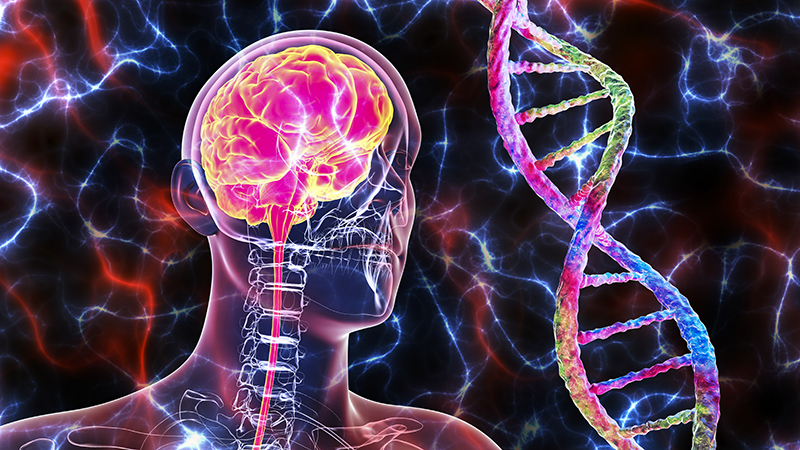Implant Uses Light to Treat Bladder Problems
Device May Improve Incontinence
This article was originally published in the Northwestern University Feinberg School of Medicine News Center. It has been modified for Northwestern Medicine’s content hub, HealthBeat.
Could an implant improve bladder issues? According to research, the answer may be yes.
According to a paper published in the journal Nature, a team of neuroscientists and engineers has developed a tiny, implantable device that may one day help people with bladder problems bypass the need for medication or electronic stimulators.
The team, made up of scientists from Northwestern University Feinberg School of Medicine, Washington University in St. Louis and the University of Illinois at Urbana-Champaign, developed a soft, implantable device that can detect overactivity in the bladder and then use light from tiny LEDs to repress the urge to urinate.
The device works in laboratory rats and one day may help people who have incontinence or frequently feel the need to urinate.
Potential for Overactive Bladder Treatment
Overactive bladder, pain, burning and a frequent need to urinate are common problems that can be distressing. For about 30 years, many people with severe bladder problems have been treated with stimulators that send an electric current to the nerve that controls the bladder. Such implants can improve incontinence and overactive bladder, but they also can disrupt normal nerve signaling to other organs.
“We’re excited about these results,” says John Rogers, PhD, the Louis Simpson and Kimberly Querrey Professor of Materials Science and Engineering, Biomedical Engineering and Neurological Surgery at Feinberg School of Medicine. “This example brings together the key elements of an implantable system that can operate with the body to improve health.”
Dr. Rogers and Robert Gereau IV, PhD, the Dr. Seymour and Rose T. Brown Professor of Anesthesiology at Washington University School of Medicine, led the research. “There definitely is benefit to that sort of nerve stimulation,” Dr. Gereau says. “But there also are some off-target side effects that result from a lack of specificity with those older devices.”
Dr. Rogers, Dr. Gereau and their colleagues developed the new device in hopes of preventing such side effects.
This groundbreaking research could pave the way for better treatment. .— John Rogers, PhD
How the Device Works
The device was tested in the laboratory on rats. During a minor surgical procedure, the team implanted a soft, stretchy, belt-like device around the rats’ bladders. As the bladder filled and emptied, the belt expanded and contracted. The scientists also injected proteins called opsins into the animals’ bladders. The opsins are carried by a virus that binds to nerve cells in the bladder, making those cells sensitive to light signals. This allowed the scientists to use optogenetics — the use of light to control cell behavior in living tissue — to activate those cells.
Using Bluetooth communication to signal an external hand-held device, the scientists could read information in real time and detect when the bladder was full, when the animal had emptied its bladder and when bladder emptying was occurring too frequently.
“When the bladder is emptying too often, the external device sends a signal that activates micro-LEDs on the bladder band device, and the lights then shine on sensory neurons in the bladder,” Dr. Gereau says. “This reduces the activity of the sensory neurons and restores normal bladder function.”
Looking Ahead
Dr. Gereau and Dr. Rogers expect to test similar devices in larger animals and believe eventually a similar strategy could work in people. Devices for people likely would be larger than the ones used in rats, and could be implanted without surgery by using a catheter to guide the device through the urethra to bladder.
This groundbreaking research also could pave the way for better treatment for a variety of conditions beyond the bladder. It could be a strategy for managing chronic pain and even diabetes, as light could be used to stimulate cells in the pancreas to secrete insulin.





